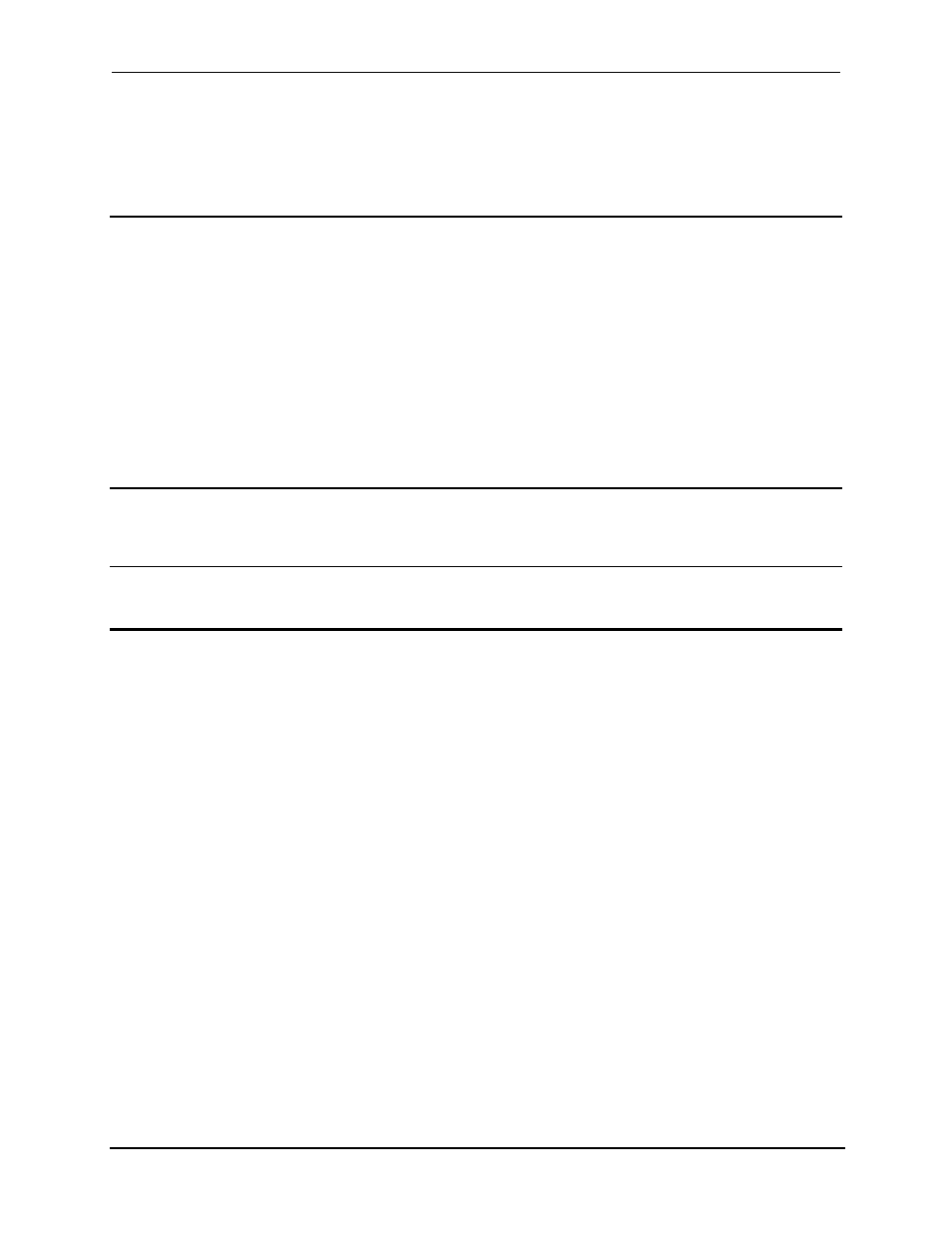Coupled commands – AMETEK Lx Series II Programming Manual User Manual
Page 134

Programming Manual
Lx \ Ls Series II
130
The PHASe command sets the relative phase of each of the outputs. The INSTrument:COUPle
setting is ignored by the PHASe command - it always controls the output selected by
INSTrument:NSELect.
6.2.3 Current Limit
All models have a programmable rms current limit function. The command to set this limit is:
CURRent
where
If the load attempts to draw more current than the programmed limit, the output voltage is reduced
to keep the rms current within the limit. Since the rms detection involves a filter time constant that
is long compared to a single output cycle, the response time of the rms current limit is not
instantaneous. When the output voltage is reduced, its waveform is preserved (the output
waveform is attenuated, not clipped).
The AC source can be programmed to turn off its output if the rms current limit is reached. This
protection feature is implemented with the CURRent:PROTection:STATe command as explained
in chapter 3.
Note: The CURRent command is coupled with the VOLTage:RANGe.This means that the
maximum current limit that can be programmed at a given time depends on the voltage
range setting in which the unit is presently operating. Refer to "Coupled Commands" for
more information.
6.3
Coupled Commands
This section describes how to avoid programming errors that may be caused because of the error
checking done for coupled commands such as VOLTage:LEVel and FUNCtion:SHAPe.
Commands that are coupled to the VOLTage and SHAPe commands are the output transient
commands that control step, pulse and list generation. When an output transient is initiated (ready
to receive a trigger), the error checking that takes place for maximum peak output voltage
includes any combination of voltage, voltage offset, or function shape that can occur during the
transient.
CURRent:LEVel and VOLTage:RANGe
Programming the current limit by itself to a value that is greater than the maximum allowed on the
presently programmed voltage range causes an error. If the commands
VOLTage:RANGe 300
CURRent 10
are sent, an error will be generated because the CURRent command is requesting a current limit
that is outside the maximum value allowed on that voltage range.
Programming the VOLTage:RANGe by itself causes the programmed current limit to be set to the
maximum for the given range if it had previously been higher than the maximum setting for the
new range. If the commands
VOLTage:RANGe 150
CURRent 10
VOLTage:RANGe 300
